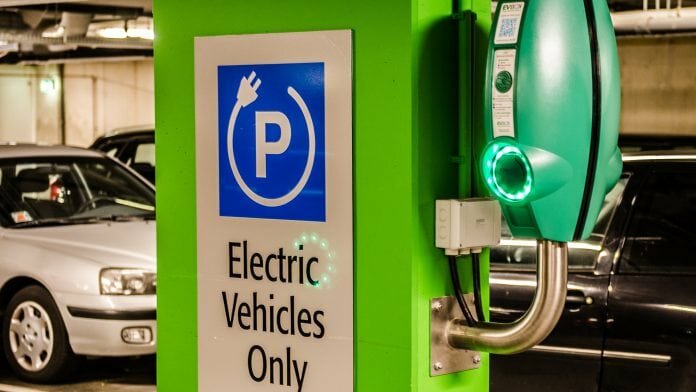
Hungary’s state utilities provider NKM Mobilitas has ordered 12 electric vehicle fast chargers from Australian provider Tritium as part of a drive to improve EV infrastructure in the country.
The installation of Tritium Veefil-RT 50 kW DC electric vehicle fast chargers around Hungary aims to improve infrastructure, with a view to growing the country’s EV market. Only around 6,000 of the 3.8 million cars in Hungary are powered by electricity, but this market is growing rapidly in light of the green energy transition occurring across Europe.
According to recent figures, electric vehicles represented 5.1% of all new car sales in the first quarter of 2018. What’s more, a number of government incentives have been launched to encourage further growth and uptake, including free car registration, cheaper or free parking in some areas, and the offer of grants of up to €5,000. Additional charging infrastructure is needed to support and promote further growth of the electric vehicle sector in Hungarian transport.
What are the advantages of these fast chargers?
Tritium’s electric vehicle fast chargers are lighter than other available chargers, and are capable of charging vehicles 25 times more quickly than standard home chargers. According to Szabolcs Balogh, managing director of NKM Mobilitas, the Tritium charger weighs around 170kg, compared to up to 600kg for other 50 kW fast-chargers. In terms of other benefits of the system, he added: “The use of liquid cooling technology will reduce future maintenance requirements. There is no need for regular filter replacement as is common with air cooled fast chargers.”
Naturally, the ability to charge more quickly could mean that these chargers are ideal for locations such as service stations, where drivers want to recharge without having to wait too long. For Balogh, they will form a vital element of Hungary’s growing infrastructure. He explained: “We want to establish a network covering the whole country. Although today, it is mainly companies that are buying electric cars, 80-85% of the charging takes place in homes or underground parking garages. Only approximately 5% of charging points are located on motorways with the rest in public area.”


















